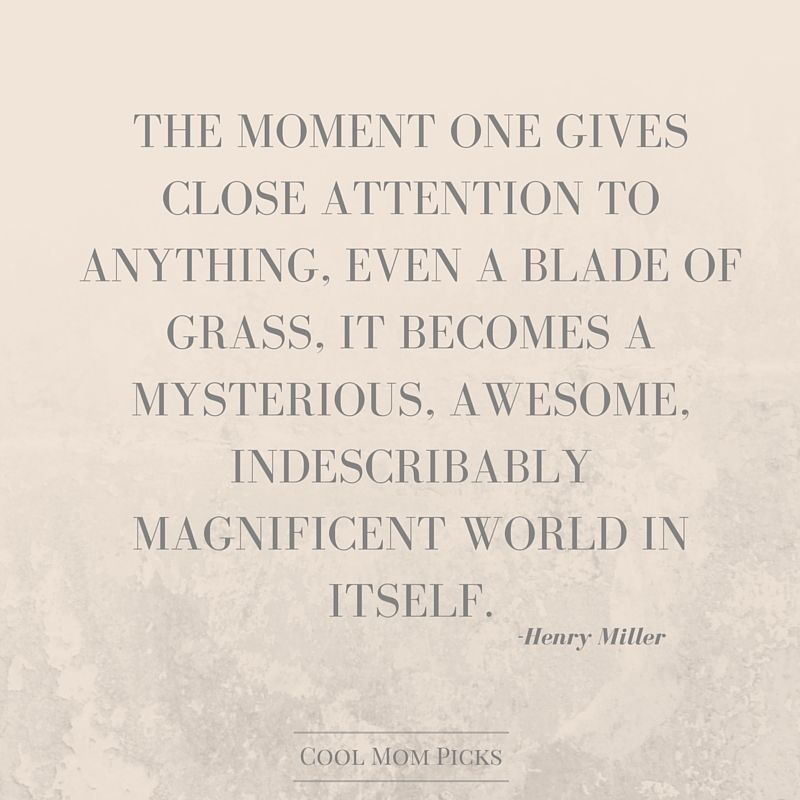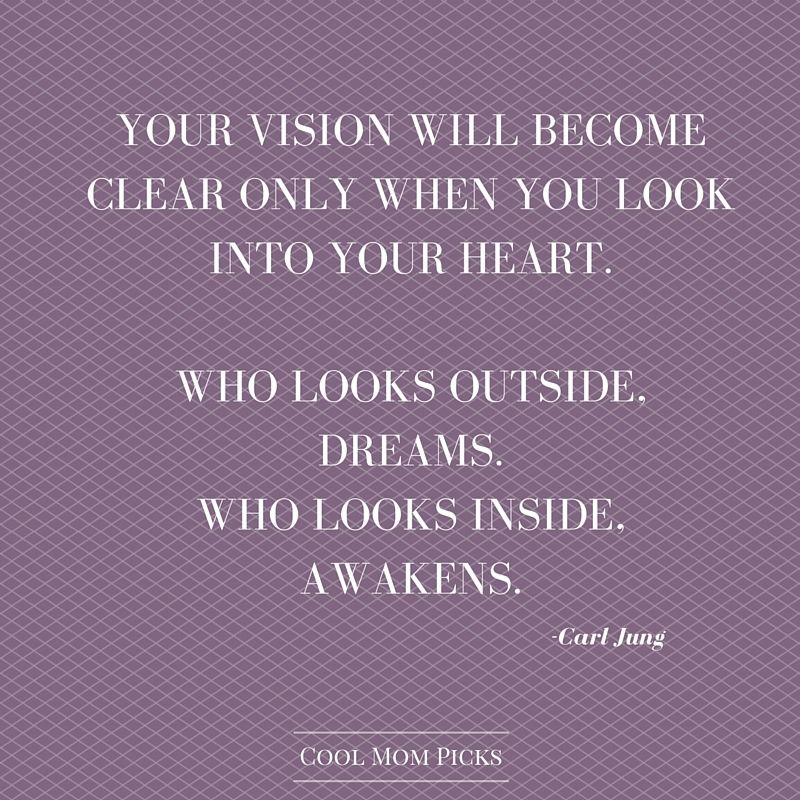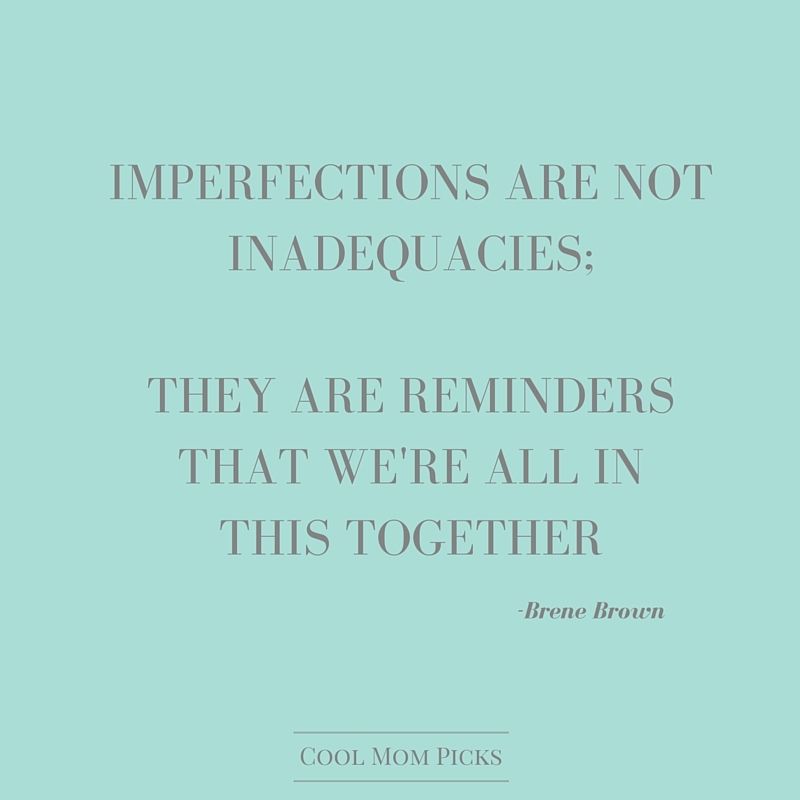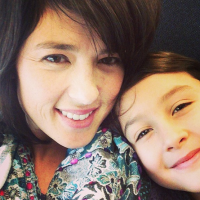Last week, I wrote pretty candidly about the stress in my life and how it’s been affecting me both emotionally and physically, so it’s probably no surprise that one of my New Year’s resolutions (yes, I really do make them!) is to do something about stress in 2016. It’s one thing to know you have stress and to be able to identify your symptoms, but it’s another thing to really make necessary changes to your lifestyle.
So I’m grateful for our partner Aetna’s A Month of Mindfulness 30-day challenge, which is giving me the push that I need to reflect on what’s been going on in my life and really work to make positive changes that will last.
Even better, you can participate in the challenge right along with me!
I’m actually looking at it like less of a challenge and more of a gift to myself because as a busy parent, the idea of another challenge sounds daunting. But it’s really not. It’s more like putting simple tips to use. I’m trying them, and you can too.
So for my first challenge, I’m addressing my emotions and thoughts through mindfulness, which has been shown to help reduce stress and actually have tangible health benefits. It’s such a big buzzword right now, I’m sure you’ve heard about it, but if you’re not sure what the heck it actually is? That’s okay, because I had no idea either until I started looking into it.
Challenge #1: Getting started on a path to mindfulness
For the first part of the #Mindful30 challenge, I was given the task of taking stock on my emotions and thoughts to get myself started on a path of mindfulness. Whew! I’m already pretty familiar with meditation which can be a component of mindfulness, but if you’re like me and wondering what exactly “mindfulness” is on its own, it’s all about maintaining an awareness of emotions, thoughts, body and environment.
By being mindful, you’re paying attention to your thoughts and feelings as they happen, without judgment. Like, there are no right or wrong feelings — just feelings. You’re also doing your best to stay in the present, as opposed to rehashing the past or worrying about the future, something that often sucks me down a garbage chute of anxiety.
There have actually been plenty of studies that demonstrate that mindfulness can help with all kinds symptoms of stress, as well as your focus, memory, anxiety, and attention. It’s even been shown that mindfulness can help boost your immune system, which makes me think, “and why am I not doing this already?”
Oh right, time. And kids. And work. And…
But as I’ve learned over the past week, practicing mindfulness does not require a ton of time on your part. No special skills or classes; just simple changes throughout the day.
To help me complete this challenge, I tried five things that might just help you too.
5 ways to help you get started towards mindfulness

1. Slow down
I’m pretty sure that many parents like me live life at a pretty fast pace. Even though I’m a decent planner and consider myself to be very organized, I tend to rush through my day, trying to fit as many things as possible in the least amount of time.
Changing this completely is probably not going to happen, just given the nature of my life as a business owner, writer, and single mom of four kids. But lately, I’ve been reminding myself that there’s no trophy for doing 27 things in rapid succession. In fact, the opposite happens; I feel rundown, frazzled, and exhausted.
Helpful note: What’s helped me slow down is sitting down first thing each morning for a few moments, and prioritizing what needs to be done right away — and what can wait until tomorrow or next week.
I tend to jam pack my to-do list, as someone who admittedly gets a sense of satisfaction from crossing items off a list. But I’m doing my best to really focus on fewer items at a time, getting them done, then basking in that accomplishment. It turns out doing fewer things really well can give you a much bigger buzz than doing a lot of things not-so-well.
2. Multitask less
Don’t laugh at this one! Okay, so you can laugh.
I’m the queen of multitasking (not that I’m proud of that) and it’s really the only way I get so much done in the limited amount of time that I have. But I have to admit that I don’t like that feeling you get when you’re never fully invested in one specific thing, but rather jumping back and forth between tasks — or tabs on my computer — usually with my phone in my hand.
My life as it is will always require some multitasking, like dictating a text while cooking dinner (yes, the phone gets gross) or helping one child tie shoes while I’m playing LEGOs with another. I admit that it’s not realistic for me to give my full 100% attention to every single individual thing in my life, but I’ve also learned that multitaskers are actually less productive, have more trouble organizing their thoughts, and certainly look and feel distracted.
In fact, only 2% of people in this world are actually efficient multitaskers! The odds are, neither of us is among them.
Helpful note: What’s helped me to cut back is to save my single-task mindset for important responsibilities, like homework with my kids, or calls with my business partner. That means being mindful during those times about closing the computer or turning off the TV — those secondary things a lot of us pay attention to out of habit while we’re doing something else. Then, I leave my menial tasks (folding laundry, washing dishes) on my “okay to do four of these at once” list. Hopefully I’ll get to a point where I can even fold laundry all on its own and find enjoyment in that. But you know, baby steps.

3. Do nothing for a few minutes
When’s the last time you did absolutely nothing? And I’m not talking about sitting in the bathroom or waiting on the carpool line while flipping through Facebook on your phone. I’m talking about absolutely nothing at all.
Just this past week, I started meditating once a day thanks to the Stop, Breathe, Think app we recently featured as one to help with New Year’s resolutions, and I have to say that after just a few minutes of focusing on my breathing and listening to a soft, soothing voice tell me to go to a beautiful place in my mind, I feel so much better.
No phone. No kids yelling. No nothing. It’s nice.
Helpful note: What’s helped me is to actually schedule “do nothing” time on my calendar and completely block it off. I realize it sounds a little counterintuitive (and kind of ridiculous) but for now, I want to be sure that I actually make time for a little nothing each day, and this is the trick that’s been working for me.
4. Listen more
I’m hoping I’m not alone here, but I realize that the combination of multitasking plus social media and technology in general (and don’t get me wrong, I love it all) are making me into a worse listener than I think I’ve ever been. I know this also plays into the notion of being present, but it’s so easy to get distracted with dings and notifications on my phone that I’m not always entirely hearing the person sitting right in front of me, or even talking to me on the phone. But it’s not just my devices that are to blame. I’ve also got a long to-do list in my mind that can be tough to turn off all on its own.
Helpful note: What’s helped me is to turn off the social media notifications on my phone. This seems may sound like a small thing, but we’ve discussed before here that knowing when someone liked your Instagram photo or followed you on Twitter is not essential, need-to-know-right-now information. Turning off those notifications helps you both with cutting back on multitasking, as well as the number of times you mentally leave a conversation to check on other matters.
I’ve also started using the Do Not Disturb feature on my devices when my kids are home in the evening, so that I’m only getting the most important texts and calls from select friends, family and colleagues.

5. Be grateful. Then say so.
I’d like to think that I’m a pretty grateful person overall. I mean, I pretty consistently say “thank you” when I’m out, and even at home to my children. But what I’ve been trying to do lately is to be mindful of things that are truly helpful to me, and actively thank the person — particularly my kids — for that thing. Especially when it’s something that seems ordinary to them. Like when my oldest helps her youngest sister get her coat on without being asked. Or one of the children wipes up a spill without being told or making a big deal about it.
Mindfulness means not taking even the smallest courtesies for granted.
Helpful note: What’s helped me is to really focus and heighten my awareness of those times that my children, and others in my life, do something I want them to continue doing. It’s easy to say thanks for a gift or an art project. But I’m finding that being thankful for even small things makes me feel so good. Expressing gratitude also makes people want to do those things more and in turn, that has a big effect on all of our lives together.
The views and opinions expressed here are purely the author’s own, and do not necessarily represent the views of Aetna.
Thanks to Aetna and their site aetnamindfulness.com for sponsoring this post series. I hope you join me in their Month of Mindfulness #Mindful30 challenge! It’s definitely something all parents could benefit from.






Mindfulness has become a way of being for me – not to go all woowoo or cheesy in the comments on ya, but it is true. Presence and awareness grows more of the same and I am remain amazed at all the things that go on when I simply connect to the moment. Did I notice my kid’s wistful tone if voice? The sudden tension in my neck after that driver cut me off? I do now. And, crazily, I am more aware of when I am *not* present. A nice little virtual tap on the shoulder (or virtual 2 by 4 upside the head) to get present and mindful of my space. Thanks for sharing these! Will you share how it goes at the end of 30d?